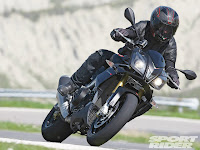Plastic Gun
The plastic gun is completely made of plastic, including the ammunition. It is undetectable by most scanning devices. Because the gun is made of plastic, every time the weapon is fired the barrel deforms. The benefit of this is it changes the ballistic marks, which makes the weapon untraceable but it also effects the reliability of the weapon. The first shot is completely accurate and the second is almost as good. The third through sixth shots are alright at close range but any further shots will be completely inaccurate. On the ninth shot, there is a 1 in 40 chance that the gun will explode and 1 in 6 odds on the 10th shot. There is no way of telling how many times a plastic gun has been fired.
The plastic bullets are capable of killing a person but cannot pierce metal. The stats would be the same as the non-plastic version of the weapon minus any hardness negating properties.







